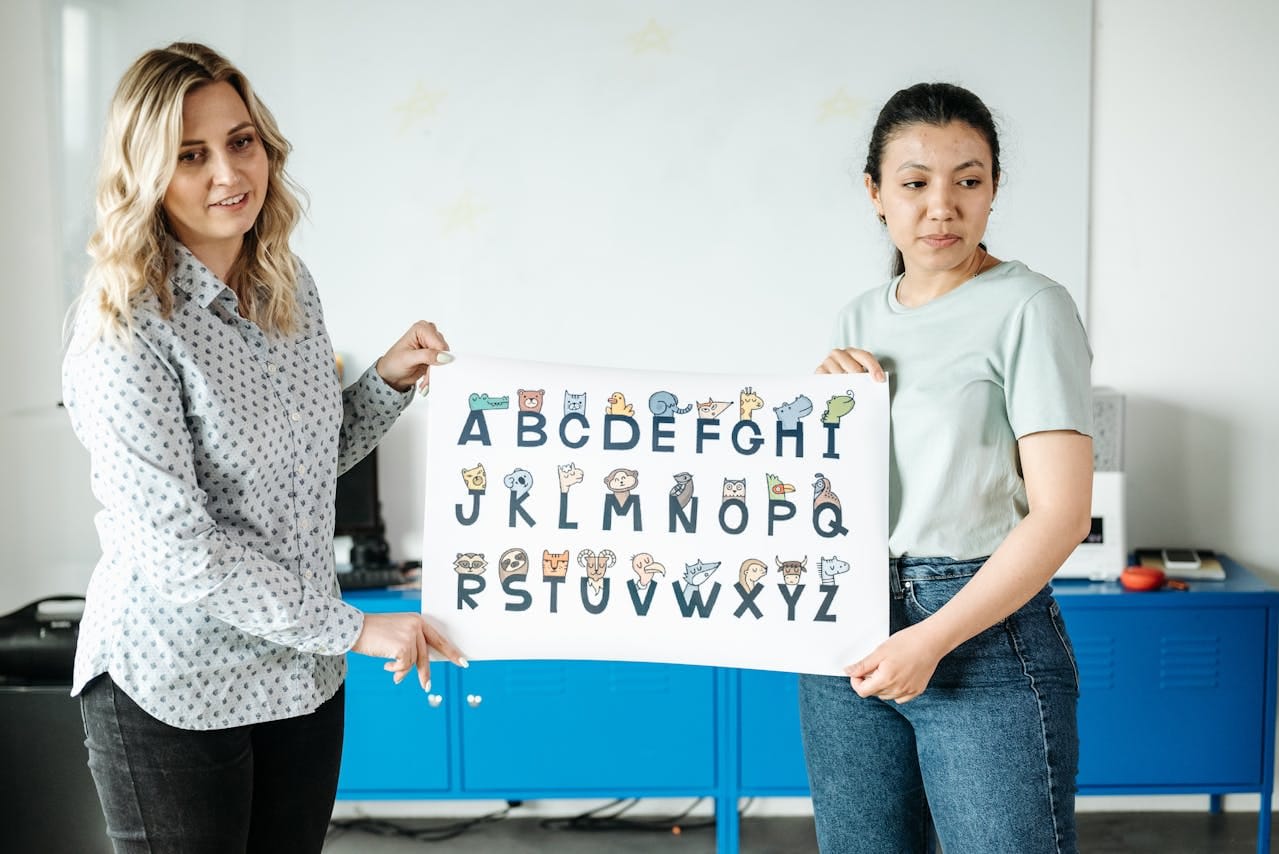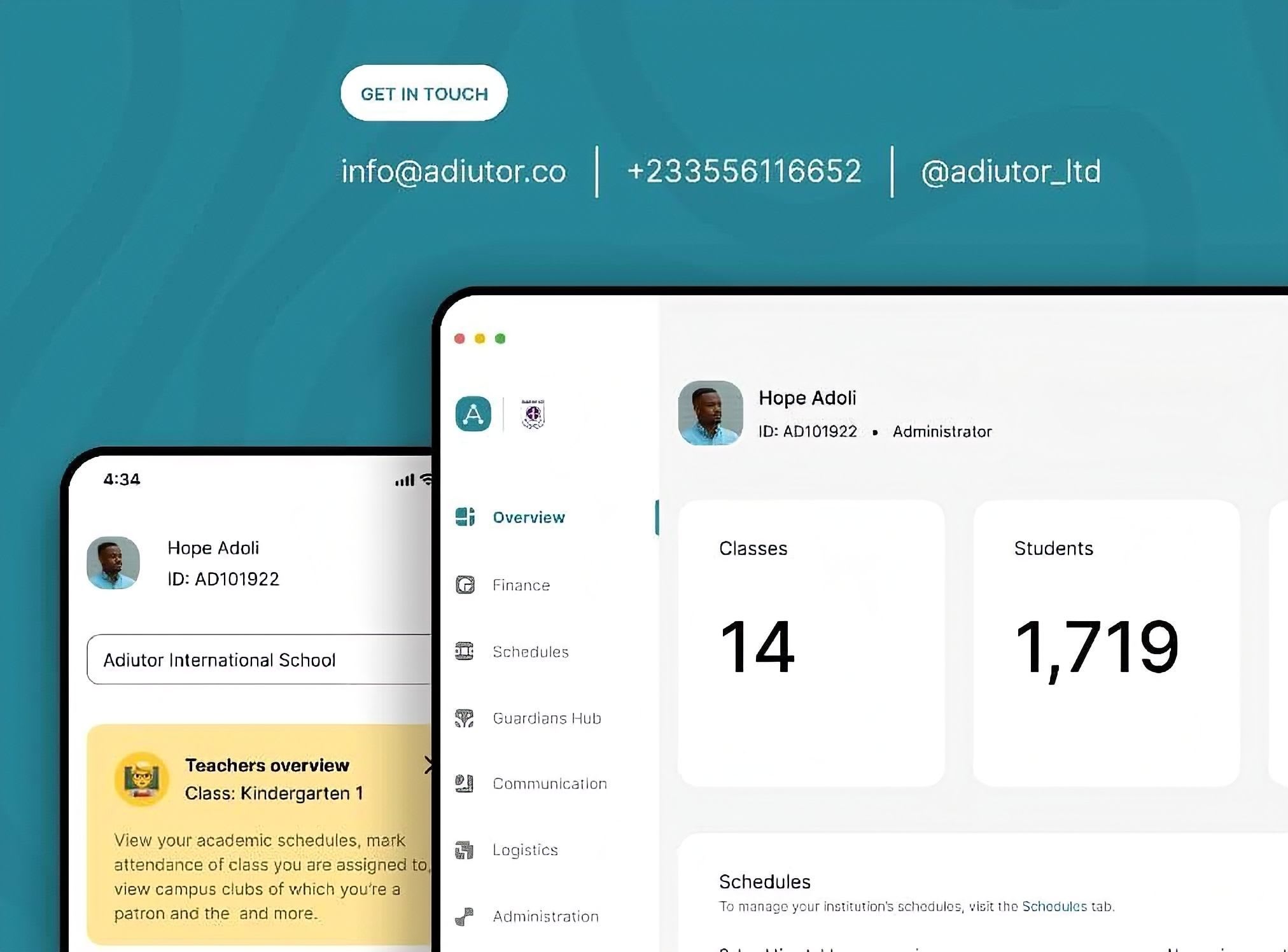6 Co-Teaching Models
Co-teaching usually involves two educators (commonly a general education teacher and a special education teacher) sharing instruction planning, delivery, and assessment within a single classroom environment.

Co-teaching usually involves two educators (commonly a general education teacher and a special education teacher) sharing instruction planning, delivery, and assessment within a single classroom environment.
Why does co-teaching merit serious consideration? The usual model of a single teacher managing the diverse needs of all students, especially in inclusive classrooms, can be both challenging and limiting in certain classroom settings. Co-teaching offers a structured framework for educators to combine their expertise, allowing for more targeted instruction, flexible grouping, and increased responsiveness to student needs. It promotes professional collaboration, reduces instructional isolation, and creates space for innovative teaching practices that can be difficult to implement alone.
It is important to note that the effectiveness of co-teaching is not solely dependent on the presence of two teachers in a classroom. Rather, it hinges on the strategic implementation of well-defined co-teaching models, mutual respect and communication between co-teachers, and a shared commitment to student success. The probability for success of co-teaching models largely depends on selecting the right instructional model to fit your classroom context, subject matter, and student needs. There have been six widely recognized co-teaching models that have emerged over time, each offering a distinct framework for collaboration:
One Teach, One Observe
One teacher leads the instruction while the other systematically observes student behavior, engagement, or academic performance. The key here is purposeful observation; the observing teacher collects data to inform instructional decisions, differentiate instruction, or monitor student progress. This model is especially useful for diagnosing learning needs or evaluating the effectiveness of specific strategies.
One Teach, One Assist
Also known as “supportive teaching,” this model involves one teacher leading the lesson while the other moves around the room, offering individualized support to students. This can include rephrasing instructions, providing prompts, or clarifying misconceptions. It is particularly effective in classes with diverse learning needs, as it allows immediate support without interrupting the flow of instruction. For example, while one teacher explains a science experiment to the whole class, the co-teacher helps students set up their materials and understand safety procedures.
Station Teaching
In this highly interactive model, teachers divide instructional content into distinct segments or “stations,” with each teacher responsible for instructing at a different station. Students rotate between stations, engaging with varied activities that support the same learning objective. This model allows for differentiation, small group instruction, and increased engagement, but requires careful logistical planning and time management.
Parallel Teaching
Here, the class is split into two equal groups, and both teachers simultaneously deliver the same content to their respective groups. The smaller group size allows for more interaction, better classroom management, and increased student participation. This model is especially beneficial for preparing students for standardized assessments, facilitating discussions, or accommodating different learning paces.
Alternative Teaching
This model allows one teacher to work with a smaller, targeted group while the other instructs the larger class. It is ideal for remediation, enrichment, or pre-teaching content. While highly effective for addressing specific learning needs, it must be used thoughtfully to avoid stigmatizing students who are frequently in the smaller group.
Team Teaching
Often considered the most collaborative model, team teaching involves both teachers sharing equal responsibility for instruction. They jointly plan, present, and assess learning, often interacting fluidly throughout the lesson. This model requires strong co-teacher rapport, aligned teaching philosophies, and mutual trust.
Making Co-Teaching Work
Too often, co-teaching falters not because of flaws in the concept but because of a lack of deliberate planning, communication, and shared ownership. Co-teaching thrives when certain foundational elements are firmly in place.
1. Shared Planning Time: Effective co-teaching demands intentional co-planning. Teachers must collaboratively design lessons, align instructional goals, and determine how responsibilities will be divided. Without dedicated planning time, co-teaching often defaults to the “One Teach, One Assist” model, which can undermine its potential.
2. Clear Roles and Responsibilities: Clarify who does what, when, and why, not just in lesson delivery, but in grading, behavior management, and communication with parents. Ambiguity can lead to frustration and imbalance. Explicit role definition facilitates professional respect and ensures both educators contribute meaningfully.
3. Mutual Respect and Professional Trust: Co-teaching works best when teachers view each other as equals, bringing complementary strengths to the table. Differences in teaching style or experience should be seen as assets, not obstacles. A culture of mutual respect fosters open dialogue, feedback, and joint problem-solving.
4. Student-Centered Focus: All decisions in co-teaching should anchor on student needs. Flexible grouping, differentiated instruction, and ongoing assessment must be prioritized over rigid adherence to a particular model. Co-teaching allows for increased responsiveness, but only if teachers are attuned to the learning dynamics in the room.
5. Professional Development: Co-teaching requires a distinct skill set; collaborative planning, co-instruction, conflict resolution, and reflective practice. Targeted professional development supports educators in building these skills, and helps sustain co-teaching as a long-term instructional strategy.

Adiutor
Adiutor means "helper" - we do just that, by taking a load of your school administration and helping you focus on what matters most: the kids.
References
Friend, M., & Cook, L. (2017). Interactions: Collaboration skills for school professionals (8th ed.). Pearson Education.
Murawski, W. W., & Lochner, W. W. (2017). Beyond co-teaching basics: A data-driven, no-fail model for ensuring student success. ASCD.
Villa, R. A., Thousand, J. S., & Nevin, A. I. (2013). A guide to co-teaching: New lessons and strategies to facilitate student learning (3rd ed.). Corwin Press.
Friend, M., Cook, L., Hurley-Chamberlain, D., & Shamberger, C. (2010). Co-teaching: An illustration of the complexity of collaboration in special education. Journal of Educational and Psychological Consultation, 20(1), 9–27. https://doi.org/10.1080/10474410903535380
Scruggs, T. E., Mastropieri, M. A., & McDuffie, K. A. (2007). Co-teaching in inclusive classrooms: A metasynthesis of qualitative research. Exceptional Children, 73(4), 392–416. https://doi.org/10.1177/001440290707300401
